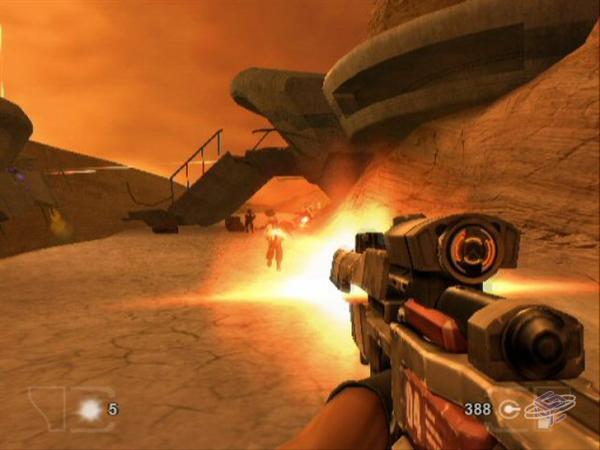The tools for users to generate their own levels, tracks, characters and more have been around on Nintendo systems for years. See where they started, where they are now and where they are headed.
In many ways, gaming was built on user-generated content. Years ago, when computers were simply machines for calculation and computation, users made use of the tools offered by these machines and created gaming experiences. Eventually, gaming grew into a household activity with systems like the Atari 2600 and the Intellivision. When the NES first came out, Nintendo kept gaming's roots in mind when offering games like Wrecking Crew and Excitebike.
Excitebike's Design Mode provided players with one of the first in-game track editors. The player was able to place various ramps and other obstacles from the game on the track and choose the number of laps in the race. Once completed, the track was playable in both vs. CPU and time trial modes.

Excitebike Track Design
Wrecking Crew, another NES title, also included a set of tools that could let players create their own levels. Unfortunately, in the American release of the game, players could not save their created levels for friends to try. However, in Japan the option was available by saving the level to the Famicom Data Recorder, a tape drive memory system.

Wrecking Crew Level Editor
When Nintendo made the move to the SNES they offered up a new title built entirely around user created content. Mario Paint gave players the ability to create artwork, animations, and music. With a suite of creative tools at their disposal, players were allowed to save their masterpieces and show them off to friends and family. Nintendo used the self-published Nintendo Power, the dominant games magazine at the time, to promote the game by accepting photographs and VHS tapes showcasing the creations of its readers. The creative aspects of Mario Paint have made it a classic amongst gaming fans, and its legacy lives on today through YouTube videos of songs and animations from the game.
Mario Paint Title Screen |
Painting in Mario Paint |
Another title in the vein of Mario Paint was released six years later in the form of the Game Boy Camera. The title's primary feature was the primitive digital camera that protruded from the back of the cartridge. With it, users could take pictures, save them to the cart, and modify them with drawing tools. Users were also able to create animations and music. The Game Boy Printer accessory allowed players to print their modified pictures onto stickers and share them with friends.

A Variety of Modes from Gameboy Camera
As Nintendo moved into the third dimension with the Nintendo 64, the tools had to become more complex. Excitebike 64 included a new 3D track editor as an homage to the NES original. F-Zero X had a Japan-only expansion add-on game, released on the 64DD disk drive accessory, which gave the player the ability to not only create their own tracks, but also their own cars.

N64DD Expansion of F-Zero X
Though racing titles lend themselves nicely to offering user created content, they were not the only N64 games able to offer it. Dezaemon 3D, a Japanese N64 shoot-em-up developed by Athena, gave players the ability to create an entire game. From custom soundtracks to boss and level design, Dezaemon allowed players to create everything. As one could imagine, the game offered limitless play options.
|
Creation Mode in Dezaemon 3D |
|
Finally, the 64DD offered up the spiritual successor to Mario Paint. With the Mario Artist series, players were able to capture external video and create 3D representations of people, as well as create animations and artwork which could be used in mini-games. With the Communication Kit, players could share their Mario Artist creations with other members of RANDnet, the N64's short-lived online service.
|
Some of the Mario Artist offerings |
|
With the release of the GameCube, more advances in user-created content were made. Nintendo offered yet another title, Animal Crossing, where players could create a town, organize their in-game home, and make clothing designs to wear around town.

Animal Crossing
Free Radical brought a map maker to both GameCube releases of their FPS Timesplitters series: Timesplitters 2 and Timesplitters Future Perfect. With the map maker, players could create multiplayer maps to enjoy with friends as well as single player “story mode” maps. With these modes, players could enjoy the game far beyond the included content. If the player enjoyed maps or single player experiences from another FPS, they could try to replicate those experiences within Timesplitters for extended enjoyment.

Timesplitters Future Perfect in Action







